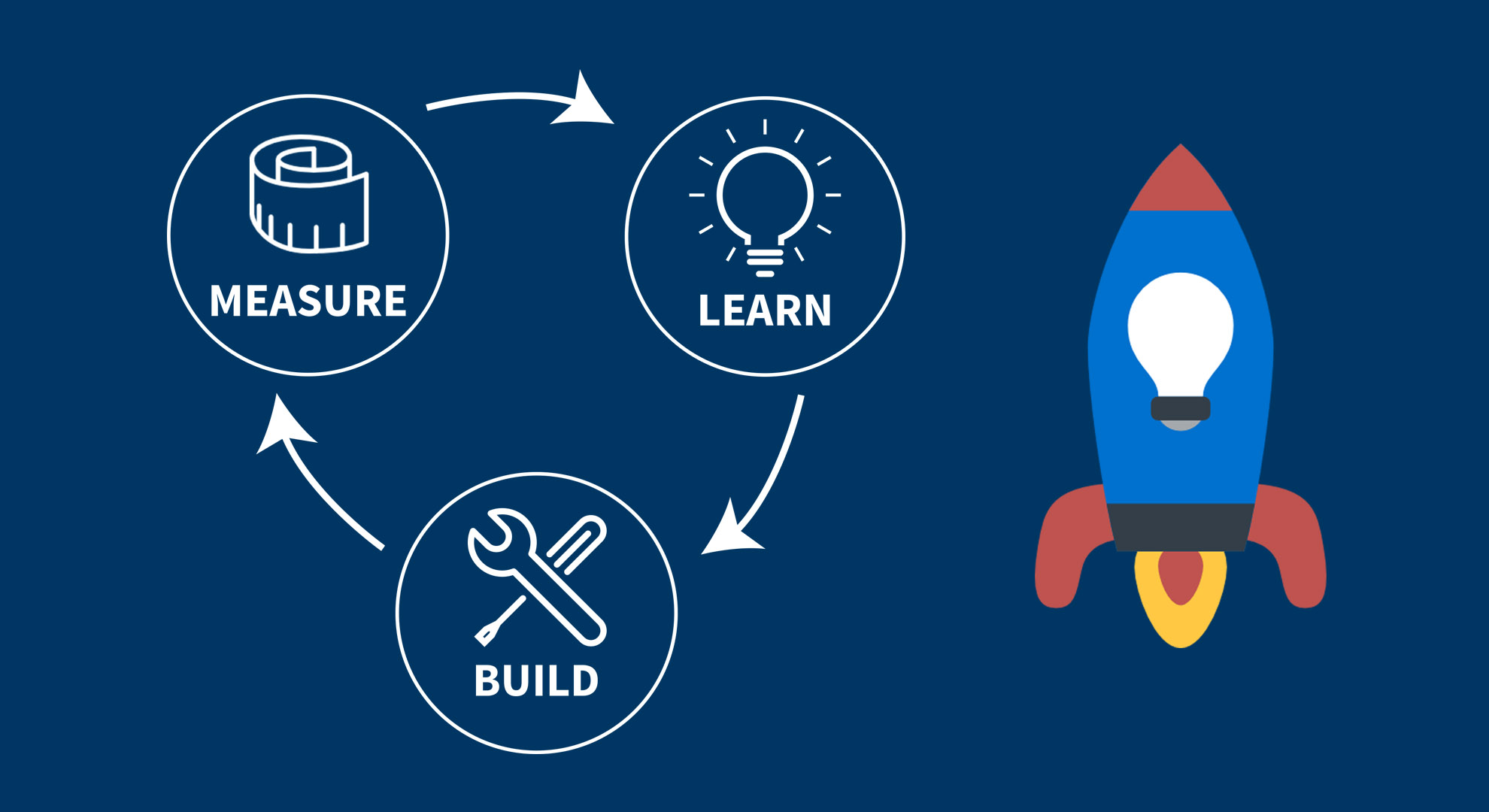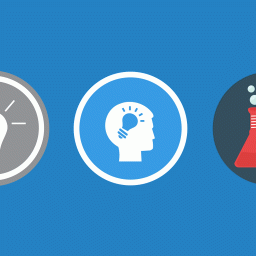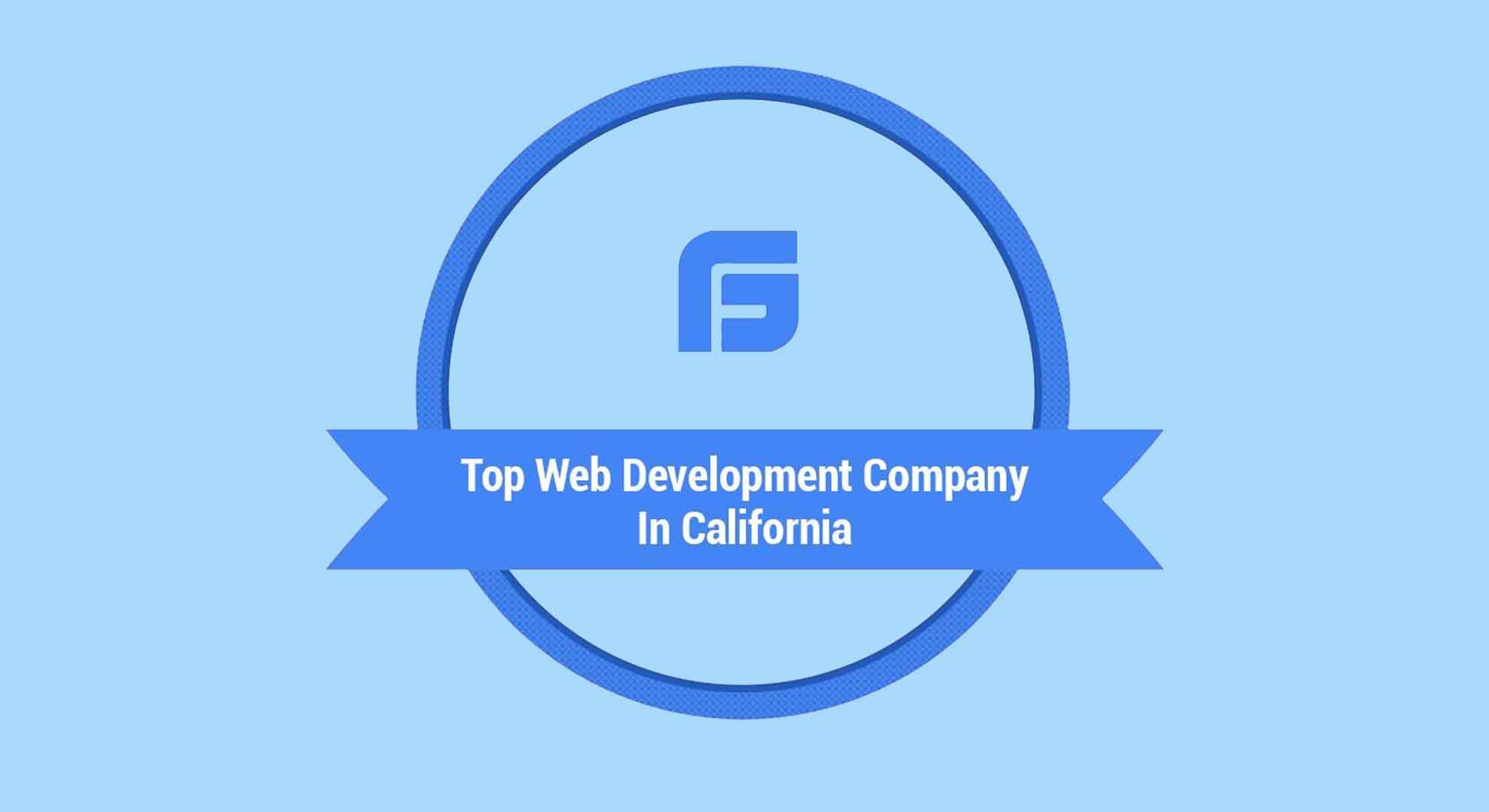Startups are not sure about the success or failure of the product. In fact, no one is sure unless he/she is a fortune teller owing a magical globe.
How startups manage to invest in the product, fail and reinvest in another idea/product within no time?
Some of you might have been aware of Minimum Viable Product development while others might be stuck in how startups manage to invest and reinvest. Let’s get started with what Minimum Viable Product is, how startups can create it.
What is Minimum Viable Product?
Minimum Viable Product (MVP) is like the first draft or copy of the product. The purpose of MVP is to release the concept and collect the data about customers’ response with minimum effort. It might be the first product of its kind and the company has no idea whether the concept will work or not. The uncertainty in the innovation process leads to the advent of MVP.
It might be the first product of its kind and the company has no idea whether the concept will work or not. The uncertainty in the innovation process leads to the advent of MVP.
MVP is not just about the product, rather it’s a process. It requires you to test the concept, make modifications, and most importantly, whether consumers will like it or not. MVPS are quite economical because it is like a beta version and does not cost as much as that of a full product.
To put Minimum Viable Product in simple words:
- It is not a functioning product, developed to solve the consumer problem. It is only a concept to speed up learning.
- There should be some kind of measurement to come up with some interpretation.
- Results must be open to analysis
After getting an idea of MVP, it is now time to discuss some of the factors that would lead to building successful MVP. Here are some of the innovative ways to develop minimum viable product and set path to successful product launch later.
Steps to Create a Successful Minimum Viable Product
1. Understand User Needs
The concept behind any product creation is to address user needs and solve them. While developing a product, we perceive user problem as the final words. However, through interviews and surveys, we can a get a better picture of what are the actual problems and how to solve them.
It is similar to market research that requires understanding target market according to consumer’s preferences. There are possibilities that the concept you are working on might not be new to the users. Interviews and surveys will ensure that the concept you are working is practical. Moreover, the interaction with the users helps you find any other problem that can be solved by you. You have to be vigilant and make sure to develop a great MVP for best results.
Moreover, the interaction with the users helps you find any other problem that can be solved by you. You have to be vigilant and make sure to develop a great MVP for best results.
Take an example of Uber where riders were facilitated to book a ride while sitting at home. The access to Yellow Cabs is not very much accessible and affordable. Similarly, waiting on the streets to get a taxi might not be easy for every one of us.
The concept behind Uber would not have been very successful if they didn’t identify the problems of everyday travelers. The same goes for MVP, where you have to identify problems faced by users for the product you are working on. Make it easier for consumers to understand it and fulfill their needs.
2. Analyze Your Competitors
Startups or entrepreneurs who have blind trust in the product’s uniqueness must not blindfold themselves. An ideal approach is to analyze competitors and figure out whether there are similar products on the market or not.In fact, if there are no competitors, it does not mean that you can push the product and introduce it. Competitors’ analysis is thus core part of MVP development.
In fact, if there are no competitors, it does not mean that you can push the product and introduce it. Competitors’ analysis is a core part of MVP development. A number of tools will allow you to analyze competitors’ website such as the source of traffic, monthly page visitors, geographical location and website rank.
Keep in mind that the analysis would not be very precise, but will help you to gather important information. For instance, Similar Web will help you find the statistics of websites by pasting the link of the site.
There are some other tools as well such as MOZ, Ahrefs, QuantCast, and App Annie. The feedback of customers on competitor’s website will also help you develop MVP for your own product. Competitors’ website will help you come up with new ideas, drawbacks and unique offerings.
3. Define User Journey
The primary goal of any product is to facilitate users and allow them to take certain actions. For instance, if you were looking for a pair of jeans, what would be your journey? Visit the store, select the most liked one, check the size and color and pay for it.
The user journey comprises of the sequence of categories and activities. There are certain steps that need to be followed in order to achieve the main objective. For each of these steps, there are a wide variety of solutions and things to develop and achieve what the user wants in the end.
Write down all the possible scenarios that you might think would be possible. Find the problems that would likely to occur during the process. List down the pain points that would possibly occur during the process.
An easy way to do is to make participants list down the possible activities by themselves. Prioritize each step and eliminate the unimportant ones. Congrats, you have now successfully developed a user journey.
4. Prioritize and List Down Features
The next step is to prioritize and list down features that are necessary for each stage of users’ journey. It is not necessary, but ideally, you can highlight features that are nice to have. Prioritize each feature for each stage you have listed down earlier.
For example, you can ask what your users want to accomplish by taking certain action. This will be the main feature of your product. Ask what other features are necessary to facilitate users and why they need them.
Categorize all the remaining features from most likely to least likely. Story Mapping Process will make the step lot easier. Form a horizontal matrix to define main process stage and dedicate features to each stage.
After you have gone through the above step, set the features from high priority to the least ones. Define the scope for the first version of the product and move to building an MVP. To have a glance of what your future product will look like, just create MVP prototype.
5. Develop, Test and Learn
After the scope of work is defined, now it is time to gear up for development. Going through the long process of development it is time to test the product. For this purpose, quality assurance engineers have to figure out any kind of bugs or flaws in the product. Moreover, they make sure that the product is ready for alpha, beta, and gamma testing.
The alpha testing is limited to a few people, mostly friends, and family. However, if you want to move directly to beta testing, there is no hard and fast rule. The process of beta testing require users to test the product and varies from one to two weeks for the feedback.
After getting the feedback from real users, it is now time to make some changes in the product. The problems in the main features need to be addressed immediately.
The ultimate feedback is from the real users who will tell you what features your product lacks, which ones were super awesome and which ones are not needed. The process of test, learn and test again goes recurring.
Conclusion
The purpose of Minimum Viable Product is to learn quickly about your product with low investment. As soon as your product goes through MVP development phase, you will likely to conclude something valuable – whether it needs to be discarded or it can be continued.









